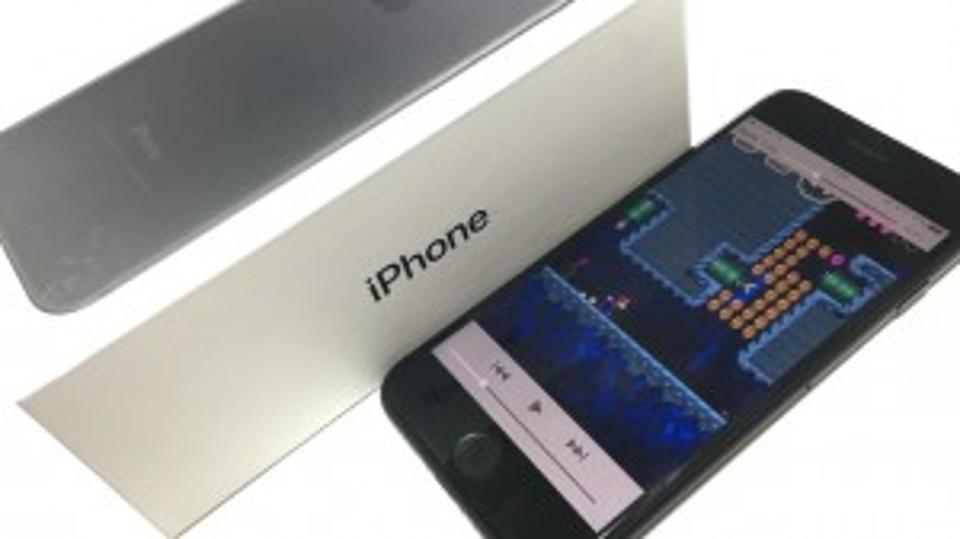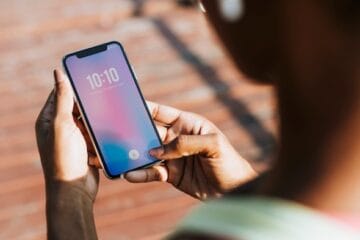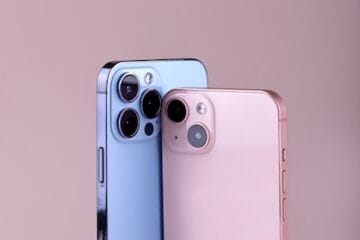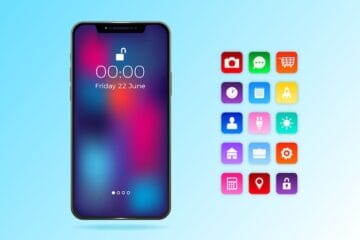Taking a look back at another week of news from Cupertino, this week’s Apple Loop includes a curved screen for the iPhone 8, more iPhone battery issues, MacBook Pro battery problems, why Apple is ignoring the Mac, updates to macOS and iOS, reviews of the AirPods, Nokia and Apple’s patent fight, and a musical use of the Touch Bar.
Apple Loop is here to remind you of a few of the very many discussions that have happened around Apple over the last seven days (and you can read our weekly digest of Android news here on Forbes).
Curving The iPhone 8 Screen
Apple will continue to stratify the iPhone family in 2017, with the high-end ‘iPhone 8′ being one of three potential models, but the only model with the new OLED screen technology. That’s not the only difference, as Forbes’ Gordon Kelly reports on the latest news of Cupertino’s curved display:
Following up on repeated leaks that the ‘iPhone 8’ (as it is being dubbed) will feature an “edgeless display”, the Korea Herald has a major exclusive which delivers both good and bad news:
“The OLED version of the new iPhone will all be curved as Apple ordered all plastic OLED – not glass – from Samsung Display. Samsung is capable of supplying a little less than 100 million units of curved OLED displays to Apple,” the paper said citing a source familiar with the matter.
More details here on Forbes.

Apple iPhone 7 (image: Ewan Spence)
iPhone Battery Issues Continue
Following up on the ‘thirty percent battery’ bug causing an iPhone to spontaneously shut down, many users hoped that Apple’s latest update to iOS would address the issue. It appears that the update has not resolved the issue, and it may have introduced the fault to older handsets. Gordon Kelly investigates the issue.
.the 30% bug can affect every iOS 10 compatible iPhone with the exception of the iPhone 7 and iPhone 7 Plus and it causes the phone to die suddenly when the battery is around the 30% mark. To date Apple has acknowledged the problem initially with a small batch of iPhone 6S models (a batch size it then increased), but says it has found no evidence of this happening to any other model.
This stance has been maintained despite a 62 page long thread in Apple’s official Support Communities forum, frustrated tweets from iPhone 6S Plus owner Tony ‘Father of the iPod’ Fadell and a stern warning from the Chinese Government…
Normally a user’s best course of action is to roll back to an earlier version until the problem is solved. Alas Apple has closed that route off by removing the ‘signed certificate’ of the older versions of iOS, preventing any handset from installing these versions.
…today Apple stopped signing iOS 10.1 and iOS 10.1.1. What this means is Apple servers will not recognise either update as legitimate anymore so iPhone, iPad and iPod touch users can no longer downgrade to them from iOS 10.2, which Apple released last week.
If you’ve got 10.2, you are stuck with it.
Did Apple Roll Out A Quiet Battery Fix?
It’s all about the batteries this week. Last week Apple Loop reported Apple’s removal of the ‘time left on battery’ indicator in the latest update to macOS Sierra. Turns out the software may have included a few more tweaks, as some users of Cupertino’s laptop are reporting the six to seven hours of battery endurance has jumped up to a ‘closer to the marketing’ nine to ten hours.
Given that Apple did not acknowledge an issue with the battery life of the MacBook Pro, there’s no need to acknowledge that a fix has been put in place with this update to macOS… The good news is that users are now getting up to ten hours battery from their MacBook Pros. It’s just a shame that the journey to get to this point feels complicated by Apple’s opacity.
More on the MacBook fixes here.

Macbook, March 2015 (image: Apple PR)
New MacBooks Are Not Recommended
That’s not enough for Consumer Report. Having recommended MacBook machines for many years to its readers, Consumer Report took the unexpected step of not recommending any of the new MacBook Pro hardware. The reason? Not just the battery, but Apple’s lack of feedback on the battery issues beyond “go to the Genius Bar”. Sounds familiar?
However, with the widely disparate figures we found in the MacBook Pro tests, an average wouldn’t reflect anything a consumer would be likely to experience in the real world. For that reason, we are reporting the lowest battery life results, and using those numbers in calculating our final scores. It’s the only time frame we can confidently advise a consumer to rely on if he or she is planning use the product without access to an electrical outlet.
Battery life is an important attribute for a laptop, and it represents a significant portion of our overall score. After factoring together our complete test results, Consumer Reports finds that all three MacBook Pro laptops fail to meet our standards for recommended models.
[sOURCE:-Forbes]




